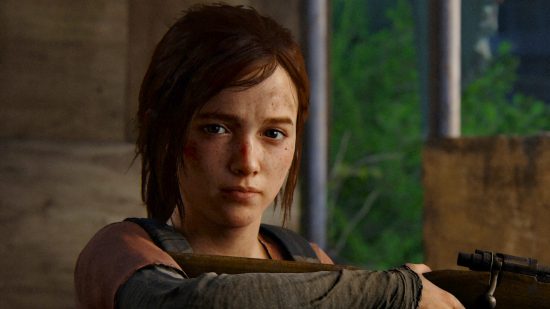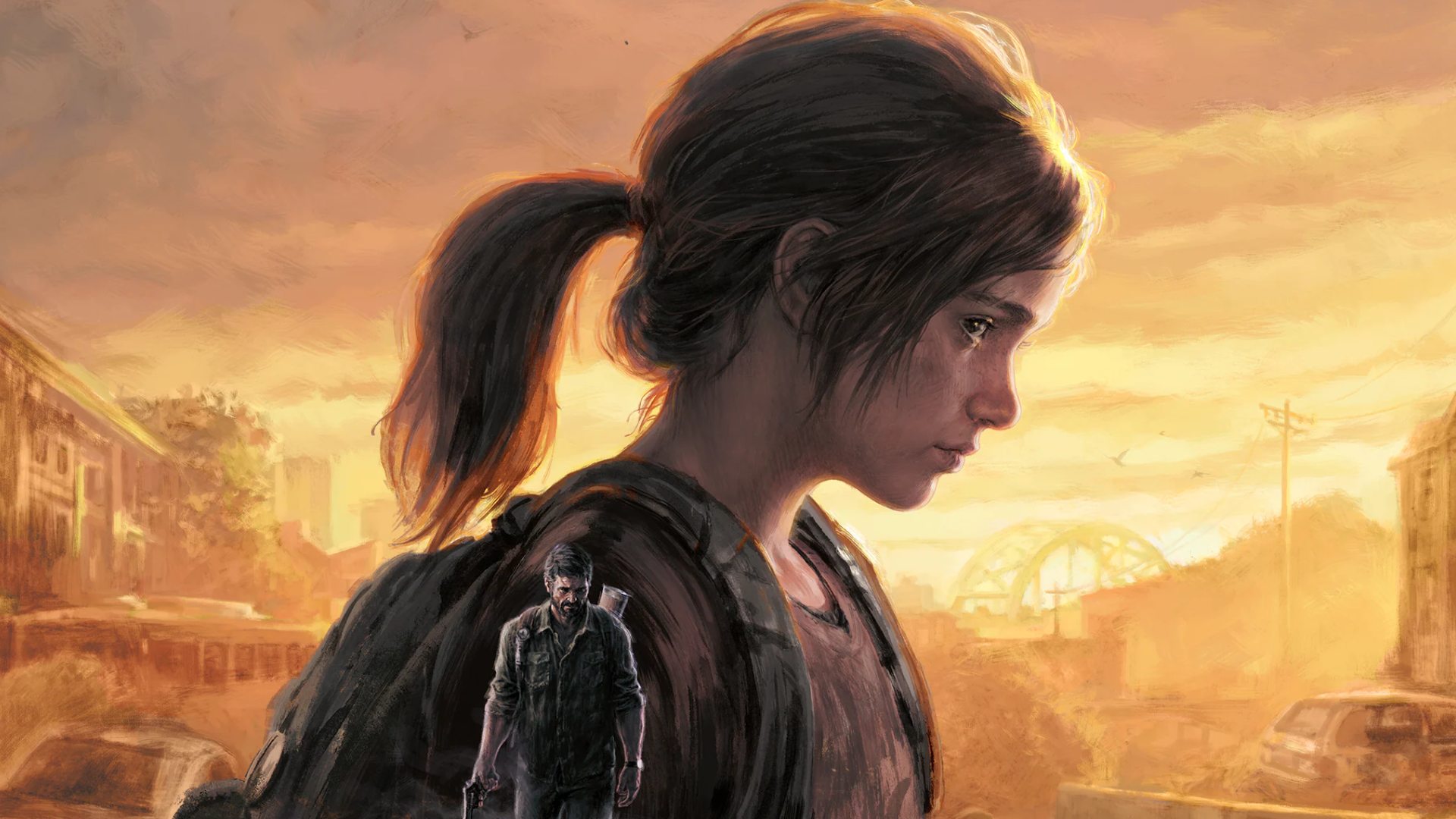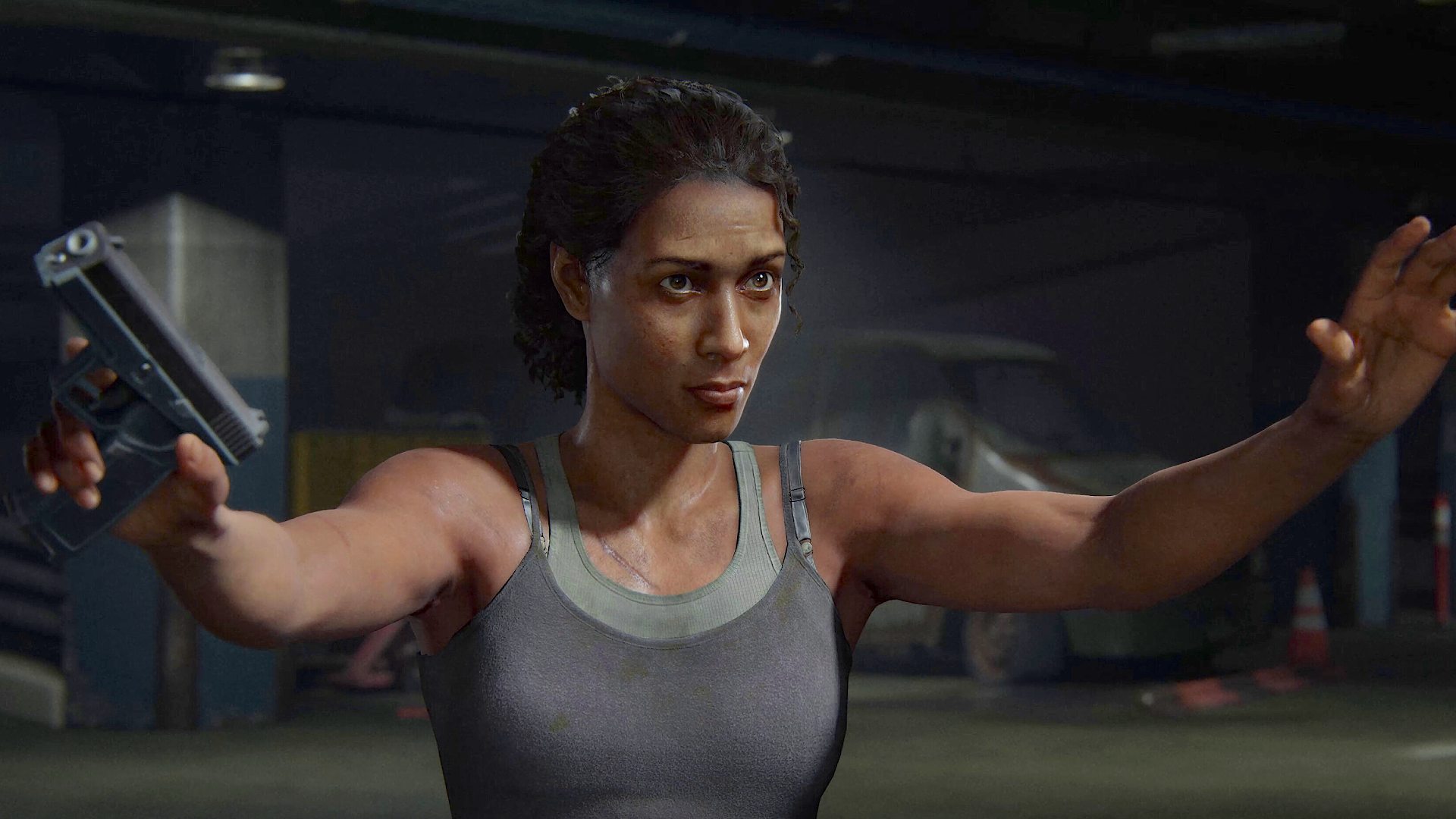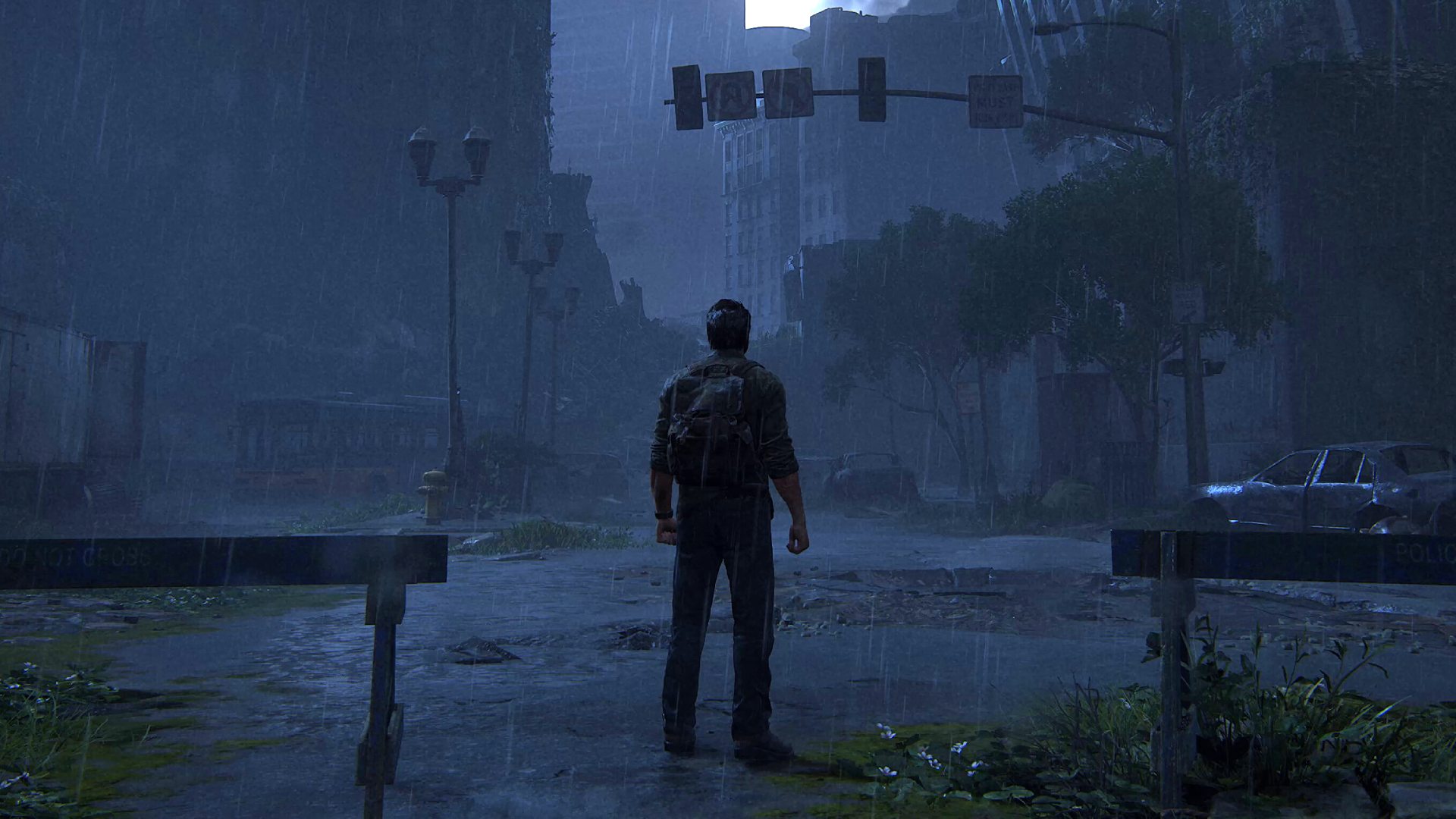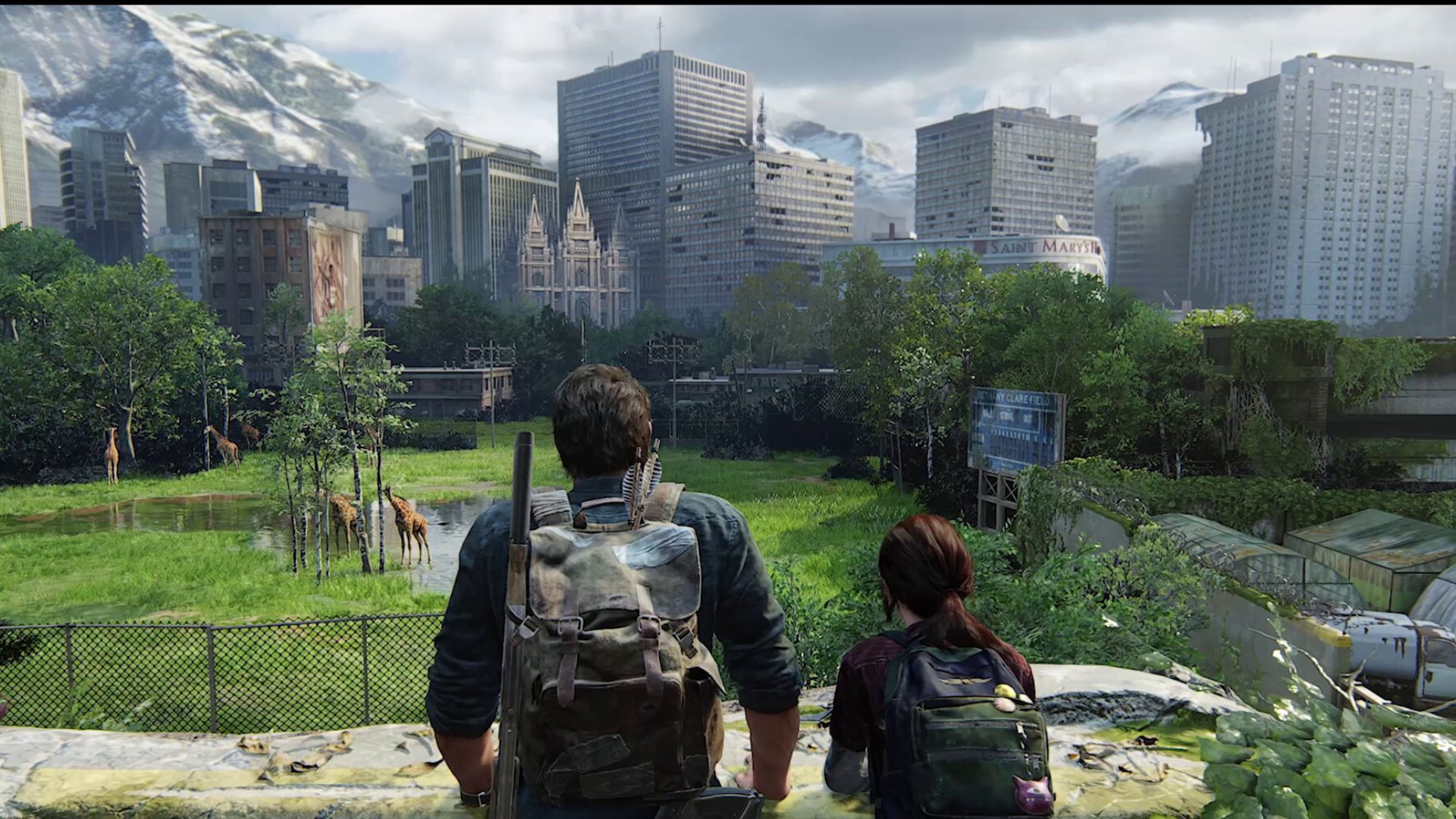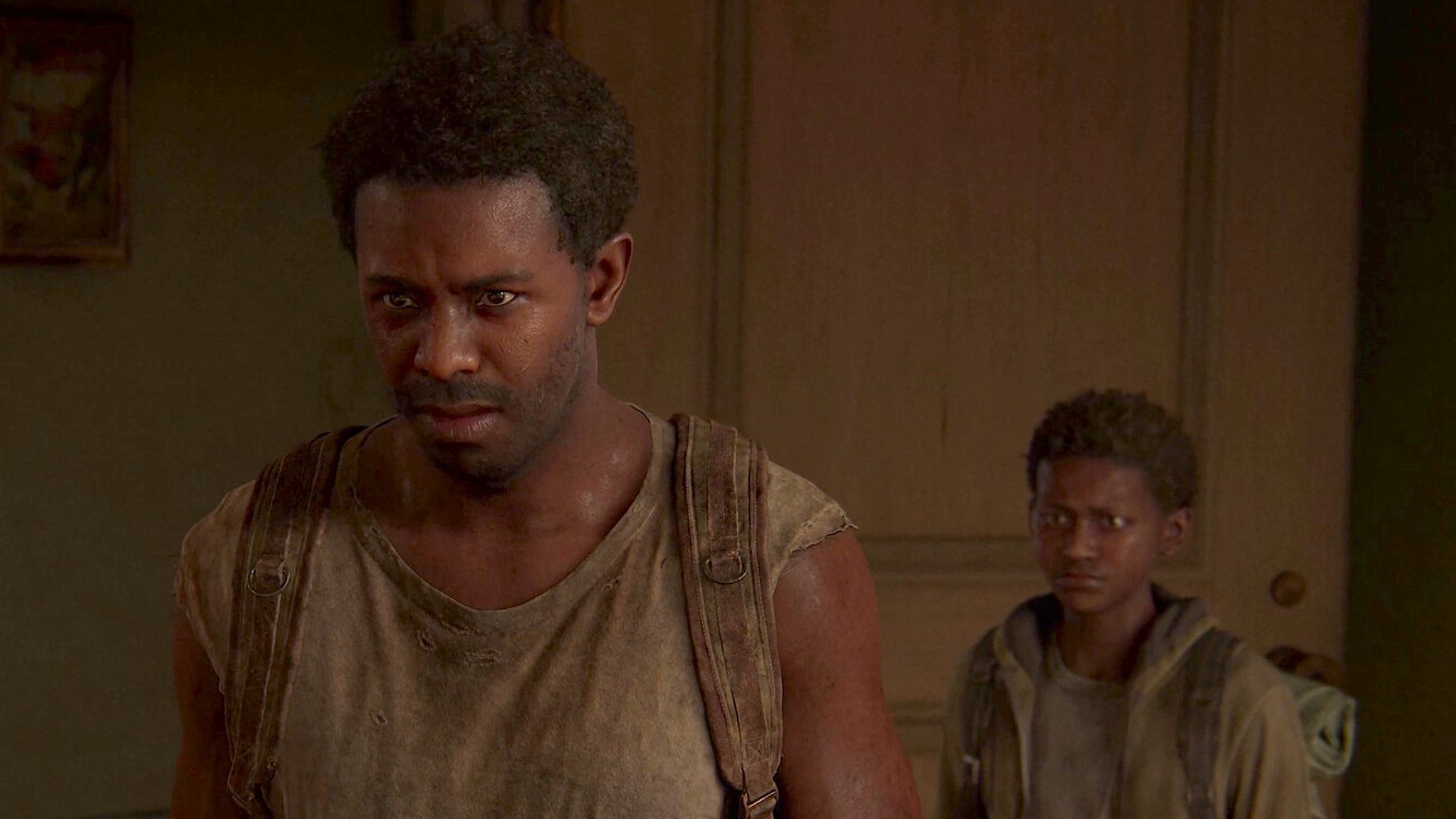Looking for the best Last of Us settings? You’ve come to the right place, as we’ve put Naughty Dog’s PC port to the test. Balancing frame rate and fidelity isn’t as gruelling as Joel and Ellie’s apocalyptic cross-country caper, but spending extra time in the options menu with save you from hardware heartache.
Before you throw your money at Naughty Dog, check out The Last of Us system requirements. Doing so will help you check whether your gaming PC is up to the task, as you’ll need one of the best graphics card options on the market to match PS5 performance. That said, you won’t need an Nvidia RTX 4080 to simply run the game, and our best settings suggestions will aid you in your quest to boost fps at higher resolutions.
PCGamesN test rig: MSI MPG Trident AS 11th gaming PC, featuring an Intel Core i7 11700F, MSI Ventus Nvidia GeForce RTX 3070, 32GB of DDR4 3,200MHz RAM, MSI B560 motherboard, and Windows 11.
The best Last of Us settings
Here are the best Last of Us settings on PC:
- Graphics preset: custom
- Animation quality: high
- Draw distance: medium
- Dynamic object level of detail: high
- Characters level of detail: high
- Environments level of detail: high
- Dynamic objects texture quality: medium
- Characters texture quality: high
- Environments texture quality: medium
- Visual effects texture quality: medium
- Texture filtering: Anisotropic 4x
- Texture sampling quality: medium
- Ambient shadows quality: full resolution
- Directional shadow quality: medium
- Directional shadow resolution: medium
- Directional shadow distance: medium
- Image-based lighting: on
- Spotlights shadow resolution: medium
- Point lights shadow resolution: medium
- Bounced lighting: on
- Screen space shadow quality: medium
- Dynamic screen space shadows: off
- Contact shadow quality: medium
- Screen space ambient occlusion: on
- Ambient occlusion denoise quality: low
- Screen space direction occlusion: on
- Screen space cone tracing: on
- Screen space reflections: off
The Last of Us presets
Naughty Dog’s settings menu is dense, so opting for a Last of Us preset is a great way to clear a path to better performance. The page features a resource meter that’ll visually fill you in on how much VRAM your graphics card boasts versus the amount being gobbled up by fancy visuals, so we’d suggest picking an option that doesn’t turn the bar red.
Our Last of Us benchmarks indicate that switching your preset from ultra to high will provide a substantial frame rate boost. While the RTX 3070 could churn out a measly 16fps average using the highest options, we managed to increase that to 21 by stepping things down. Theoretically, that’s a 31% performance increase, and while it’s still not ideal, it helps us get an inch closer to that 60fps sweet spot.
Of course, opting for a medium preset will facilitate even better frame rates, as it gifted us 10fps on top of that previous uplift. If you’re not as much of a frame rate fuss pot, or just not used to the super satisfying frame rate heights associated with PC gaming, you might be content with playing the game at anything over 30fps. However, unless you’re playing on something like the Steam Deck, we’d encourage you to make some extra tweaks to squeeze more frames out of the stubborn PC port.
Cranking The Last of Us preset option to low will cut back on VRAM usage and provide the biggest performance boost, but it’s an assault on the eyes. Sure, we’ve tested games that look just fine with low settings enabled, but we encountered various visual quirks when playing with the lowest settings enabled, like texture popping and murky graphics. If you’re playing at 1440p or 4K, we’d avoid stooping this low in terms of presets, as you’d be arguably better off playing the PS4 version.
Our test rig prefers the medium option mentioned above, as high and ultra are far too spicy for the RTX 3070. However, if you’re looking for an optimal experience, you’ll want to use The Last of Us presets as a foundation rather than a silver bullet, as there are ways to enhance performance without compromise.
The Last of Us Nvidia DLSS
These days, it feels like AI upscalers are almost mandatory, as they’ll enable you to reach higher frame rates without too many caveats. If you’re rocking a GeForce RTX graphics card, you’ll be able to turn the Nvidia DLSS option on within the ‘display’ options menu, and it’ll make a hell of a difference. We’re taking a 40% frame rate hike while using ‘balanced’ mode, so we reckon it’s worth switching it on.

It’s worth noting that DLSS isn’t perfect, and it won’t always dynamically switch resolutions fast enough for you not to notice. You’ll probably spot an occasional poster on a wall that’s blurry or a texture that lacks oomph. Nevertheless, if it gets you over the 60fps line without making everything look like a PS3 demake, we’d say use it.
The Last of Us AMD FSR
Unlike Nvidia DLSS, all graphics cards can access The Last of US AMD FSR settings, meaning you’ll always have an upscaler at your disposal. That said, it’s visually more noticeable than the GeForce tool when active, especially when it comes to fine details like hair. I find it a bit too distracting, but it will provide an uplift.
The Last of Us draw distance
In an open-world game, we wouldn’t recommend compromising on draw distance, but the same doesn’t necessarily apply to The Last of Us. Many areas of the game are spent within confined spaces both outside and indoors, so you might not notice much difference switching down to low. It helped us reach a 74fps average with DLSS turned on, and gameplay felt noticeably smoother.
The Last of Us shadow quality
As you can probably tell from our best settings list above, The Last of Us shadow settings are split up into multiple options. Playing around with quality, resolution, and distance options is going to help provide a few extra frames, but we’d suggest keeping things on at least medium. Toggling down to low did provide up to 10fps on top of our baseline frame rate, but it also removed some of the pazazz from the PC port’s visuals.
The Last of Us texture quality
The Last of Us boasts wonderfully detailed textures that really pop, and compromising fidelity for the sake of frame rate feels like committing a cardinal PC sin. Weirdly, we didn’t actually see much performance benefit tied to lower settings, but if you’ve splashed out on a card like the one in our Nvidia RTX 4090 review, we wouldn’t blame you for embracing ultra settings.
The Last of Us character quality
We’d argue that The Last of Us characters are what makes the apocalyptic drama special, and you’ll spend a lot of time looking at the back of Joel and Ellie’s head. For that reason, it only feels right to keep associated settings at medium and above, as dialling back will strip away any immersive definition.
The Last of Us patch
Waiting for a Last of Us patch to drop? Thankfully, the latest hotfix addresses issues related to Nvidia RTX 3000 GPUs, but we’re not out of the poorly optimised woods just yet. Players are still expressing their disappointment via negative Steam reviews, and the developer is still looking into the Last of Us building shaders issue.
We’ll continue to test the port as more patches and hotfixes roll out, and we’ll hopefully be able to offer more ways to increase frame rate and maintain fidelity. The best advice we can offer is to be mindful of graphics card VRAM when it comes to choosing The Last of Us settings on PC, as overstepping the mark may lead to crashes, bugs, and Joel having a weird beard.
Looking for The Last of Us Steam Deck guidance? We’ve got you covered, but you might want to hold off buying the game specifically for the handheld PC. Despite previous Verified hints, Valve now classifies The Last of Us as Unsupported on Steam Deck, but Naughty Dog says support is in the pipeline.
Weirdly, you also play The Last of Us without a graphics card, so if you’re low on funds, you may want to look at how to run the game using just an iGPU. It’ll look like a PS2 demake, but you could say that’s part of the charm.
